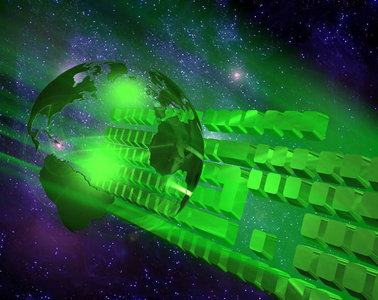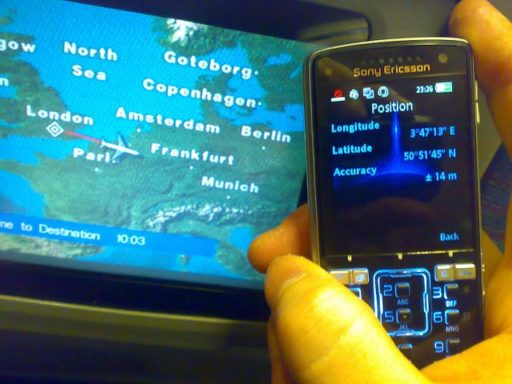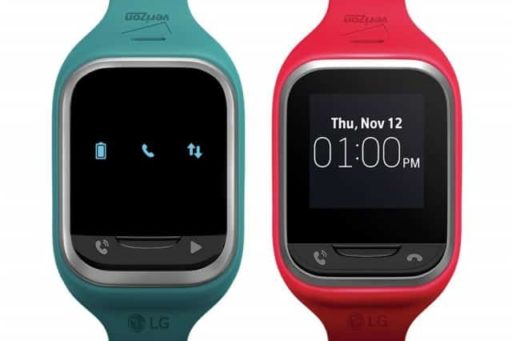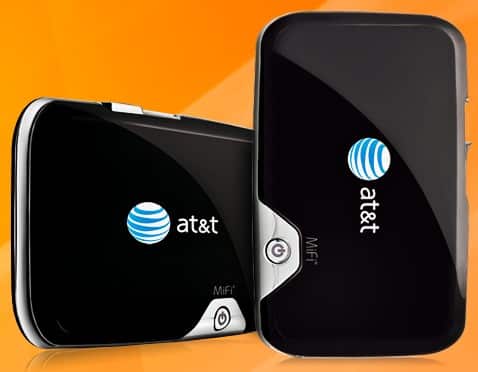Ofcom has revealed it will allow UK ISPs to utilise white space technology to offer broadband connections and the technology utilises unused parts of the spectrum, typically between 470 and 790MHz, usually reserved for TV broadcasts to transmit and also receive wireless signals. Ofcom also sees an opportunity to use white spaces for machine-to-machine (M2M) communications, where the long-range frequencies would be able to carry data from deep within buildings and the regulator also believes the technology will help alleviate pressures on wireless networks and also eventually expects the amount of white space utilised by ISPs to be equivelent to the spectrum currently used for 3G services provided by mobile networks in the country……………..
Ofcom has progressed plans for the introduction of White Space technology in the UK, the first country in Europe to do so. The technology uses signals that can travel large distances and easily through walls. This makes it suitable for a wide range of new consumer applications that could include rural broadband and Wi-Fi with up to twice the range of today’s technology. The technology works by searching for unused areas of the airwaves or gaps called ‘White Spaces‘ that exist in bands that have been reserved for TV broadcasts. These White Spaces are used to transmit and receive wireless signals. Recycling airwaves or spectrum in this way is a highly efficient use of what is a very limited resource. White Spaces offer significant capacity to help alleviate pressures on wireless networks. To put the scale of this capacity into perspective, we expect the amount of white space to be comparable to spectrum that is currently available for 3G services and significantly more in some locations. Compared with other forms of wireless technology, such as Bluetooth and Wi-Fi, White Space devices are being designed to use lower frequencies that have traditionally been reserved for TV. Ed Richards, Ofcom Chief Executive, said: “At an early stage Ofcom identified the potential of White Spaces, which are currently lying vacant all around us. Within Europe, we have been leading the way to try to harness this capacity without causing harmful interference to existing users of the spectrum. The solution we have devised creates the opportunity to maximise the efficient use of spectrum and open the door to the development of a new and exciting range of consumer and business applications.”
White Space technology will work in a similar way to Wi-Fi, which uses a wireless router to send and receive information to other wireless devices. The main difference is that the White Space router or master device as it is known technically will first need to consult a list of databases hosted online. It will notify one of these databases of its location and update it on a regular basis. The database will then return details of the radio-frequencies and power levels it is allowed to use. This will ensure that the devices do not interfere with existing licensed users of the spectrum, which include Digital Terrestrial Television and wireless microphone users. Ofcom has decided to allow multiple third-party providers to develop databases, which will create a competitive marketplace and incentivise operators to provide the best database service to consumers. Ofcom has decided to make White Space devices licence exempt. This means that they will be allowed to operate without the need for an Ofcom licence on the condition that they do not cause harmful interference to existing users of the spectrum. The next step is for Ofcom to consult on a draft Statutory Instrument to make white space devices licence exempt. Ofcom also plans to work with stakeholders to make information about existing licensed services that operate in the TV band available to prospective database providers. Ofcom will also specify and potentially consult further on the database requirements and the providers that wish to be accredited by Ofcom. Ofcom expects that White Space technology could be launched in the UK in 2013. Ofcom is also considering the future use of other White Spaces – such as those in the band currently used by FM radio services.
Applications include:
- Enhanced Wi-Fi: The majority of current Wi-Fi devices operate in spectrum at 2.4GHz. White Spaces could provide new capacity, while boosting the range of devices, potentially enabling Wi-Fi networks that stretch across towns and cities. This is thanks to the lower frequency of TV White Spaces (typically between 470 and 790MHz).
- Rural broadband: White Spaces could be used to provide rural locations with broadband services. In practice, this could be achieved by building a network of transmitters that use White Spaces to link remote houses and villages to larger towns that are already connected to the internet. Trials are currently being undertaken by industry to test this on the island of Bute, Scotland.
- Machine-to-Machine Communications: A relatively new area of innovation called Machine-to-Machine Communications allows information to be exchanged between devices. Many experts believe that in the coming years billions of devices will be able to connect wirelessly and via the internet for a range of applications. White spaces could be used to wirelessly transmit this information, using its additional range to reach deep inside buildings. This could be especially useful for wirelessly measuring utility meters in consumers’ homes – just one of a wide number of potential applications. Other examples include using White Spaces to keep an inventory of stock owned by a business, or making it easier for scientists to conduct research by automating the measurement of different readings.
[ttjad keyword=”wireless-router”]




